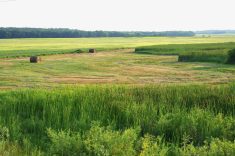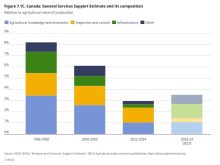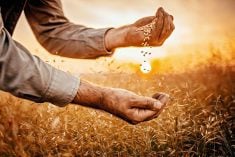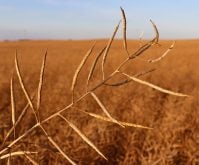As reporter Don Norman notes in the front-page story of our Aug. 3 issue of the Co-operator, business risk management came up a few times when Canada’s federal, provincial and territorial ag ministers met in New Brunswick in July.
That’s not unexpected. Farmers are being told to expect more volatile weather as a result of climate change, so it makes sense that safety net programs will gain more prominence. But when parts of the BRM suite start to drift out of the lane they were designed for, it’s a sign the system needs to be re-evaluated to make sure the suite is still in line with agriculture’s reality.
Take AgriRecovery as an example.
Read Also
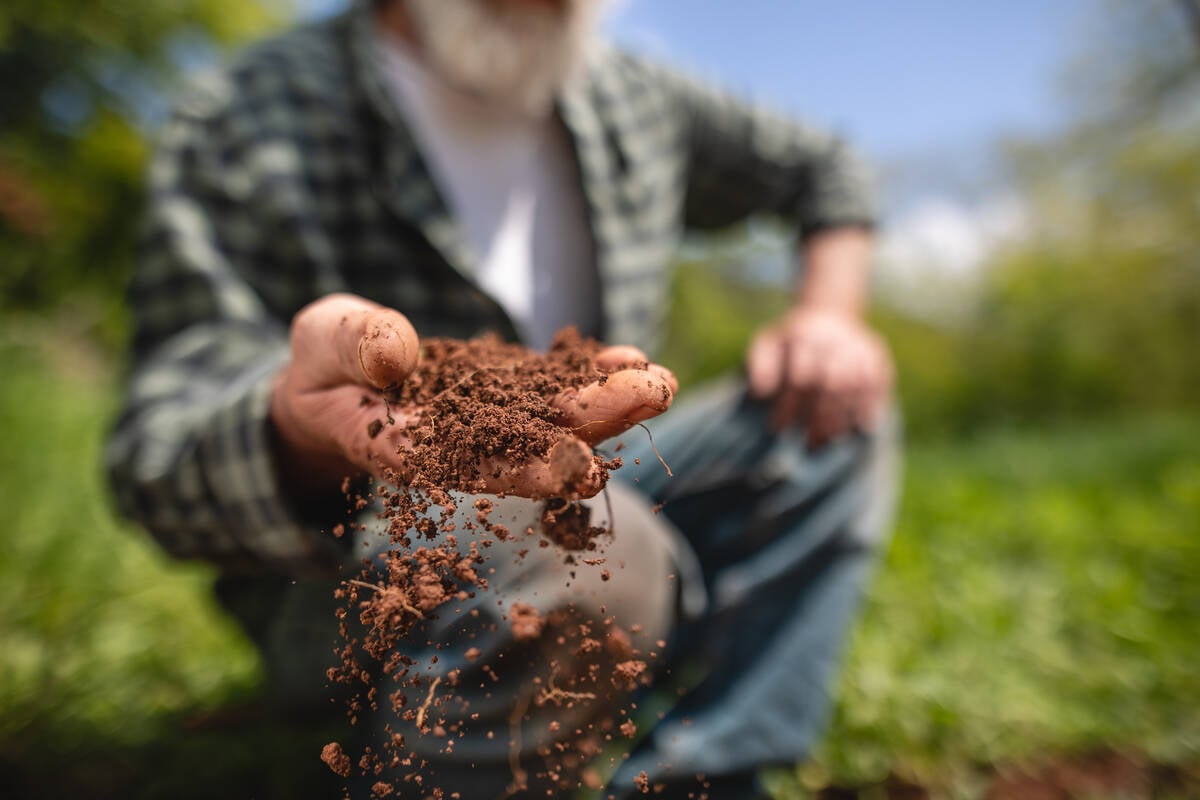
Finally getting paid for sustainable farming?
Alberta project says they might have a line on a workable ecosystem credit model to reward farmers for sustainability, and Manitoba might be next
Its description on the Agriculture and Agri-Food Canada website pegs it as a “disaster relief framework intended to work together with the core BRM programs to help agricultural producers recover from natural disasters.”
It “is intended to respond in situations where producers do not have the capacity to cover the extraordinary costs, even with the assistance available from other programs.”
In layman’s terms, it’s a ‘break glass in case of emergency’ tool, the last-ditch option when things have fallen through the cracks of AgriStability, AgriInvest, AgriInsurance or advance payments.
If you’ve been keeping track over the last few years, there’s been a lot of metaphorical glass hitting the floor.
AgriRecovery is currently in play for beekeepers in Alberta, Ontario ($5 million) and Manitoba ($7.5 million), due to hive losses over winter 2021-22. Another $5-milliion program was announced in Ontario for grape producers.
In 2021 — a year that will live in infamy in Western Canada for its flagging crops and catastrophically short forage — there was a slew of AgriRecovery programs.
B.C. was slated for $20 million to help with the aftermath of wildfires and drought. Over $350 million was paid out in Alberta through the Canada-Alberta Livestock Feed Assistance Initiative. In Saskatchewan, livestock producers saw a $119-million feed assistance program. In Manitoba, $155 million was approved for programs. There was also a program in Ontario.
In the last three years, AgriRecovery was also tapped for livestock set-aside programs while, in 2022, B.C. saw $228 million (partially funded through AgriRecovery) due to floods.
Right now, gears to trigger the framework are turning once again in Alberta and Saskatchewan thanks to crisis levels of drought. Both provinces have asked for a federal assessment — another topic of conversation during the July ministers’ meeting.
In a recent article from Glacier FarmMedia, federal officials pegged the sheer number of recent AgriRecovery triggers as sort of a good news-bad news scenario; at least by now they’re really familiar with the framework.
In a June article last year, the Co-operator asked the question: “Ad hoc programs like AgriRecovery are meant to smooth the hit from outlier years, but what if outlier years start to become the norm?”
The response boiled down to: No one likes ad hoc programs, but without changes to the rest of the business risk management suite, we don’t have a lot of choice.
For the producer, AgriRecovery is always a roll of the dice. It’s meant to differ according to circumstance. That gives it flexibility to respond to disaster, but it also means the industry never quite knows what they’re going to get.
For governments, AgriRecovery programs are both an unexpected expense and unplanned work as the situation is assessed and a unique program created and administered.
The same article pointed to several ways current BRMs don’t work for livestock producers, ranging from a mismatch between AgriStability and livestock’s historical profit margins, to lack of eligible expenses.
The cattle sector has also pointed out the lack of equitable insurance options compared to grain, where premiums are cost-shared with government.
In his story, Norman notes continued efforts to spread Livestock Price Insurance eastward, which would be welcomed by the cattle sector, but the pork sector has complained that the program is ill-suited to that industry.
If AgriRecovery is meant to pick up anything that falls through the cracks of other programs, and those slippages start to happen every year or two, it’s time to put serious effort into rethinking the safety net rather than relying on AgriRecovery to cover the mess.




